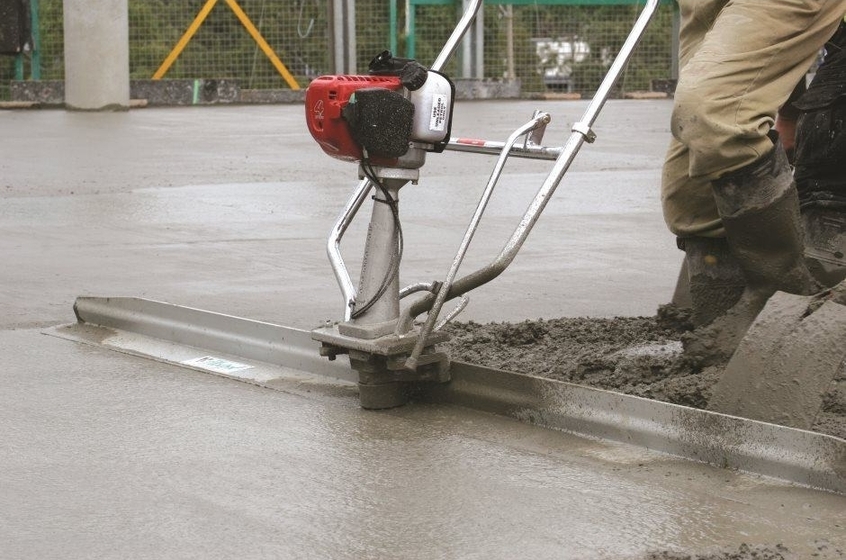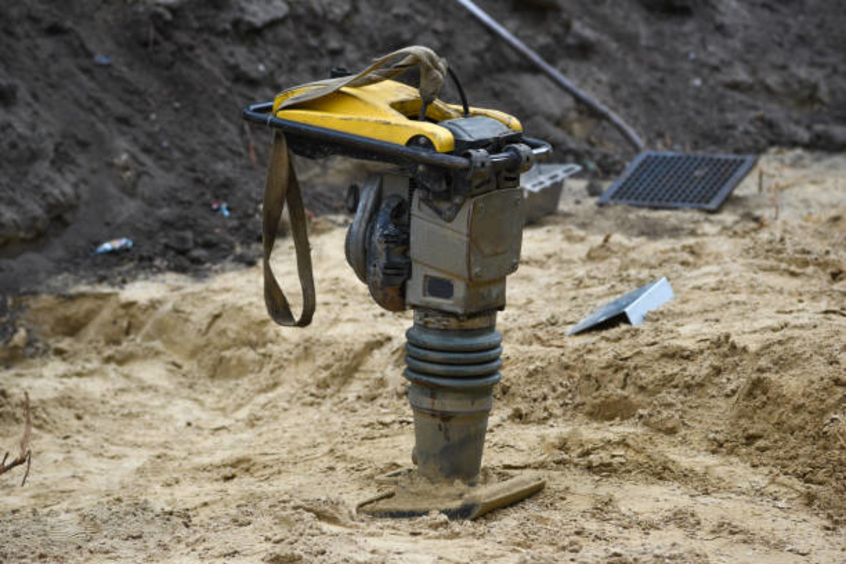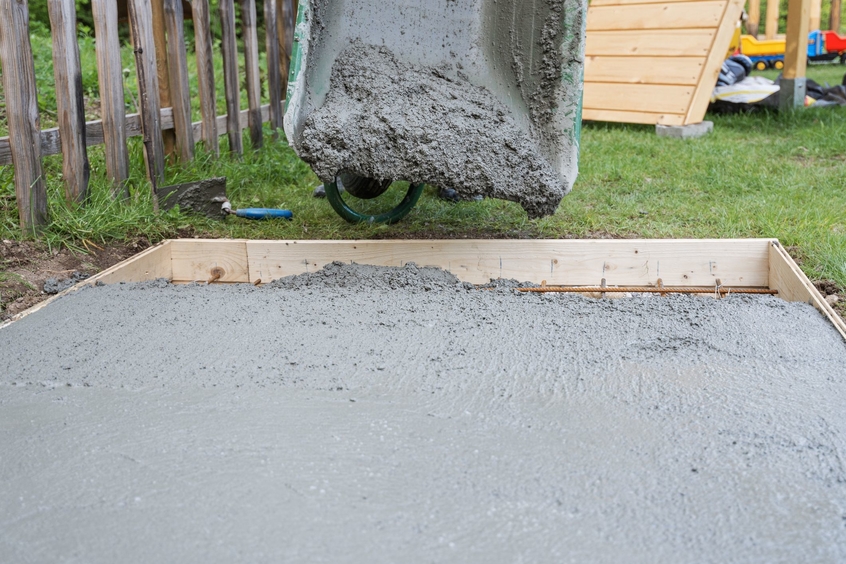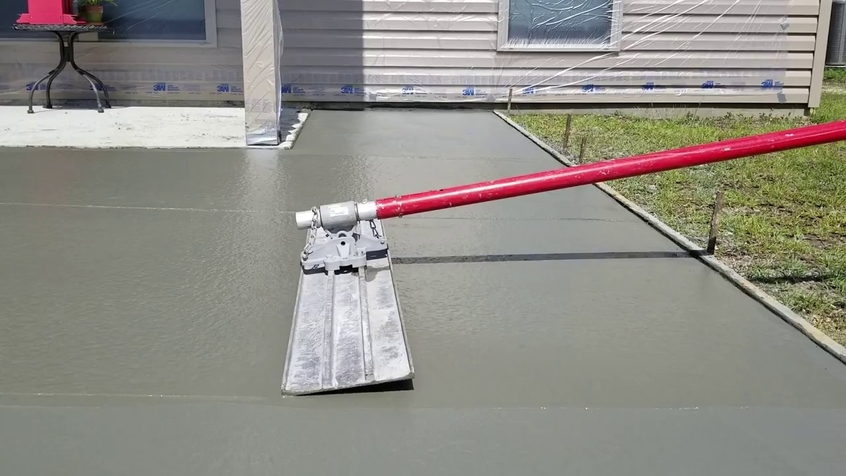
Flextool Concrete Equipment Guide: Where Durability Meets Performance
Concrete is the most used building material, behind water. It can be easily shaped into any structure, from roads and pavement, to residential homes or skyscrapers. It’s featured in walls, foundations and ceilings, as well as patios, porches and driveways. Different ingredients and additives allow for several types of concrete and a range of applications.
Working with concrete requires dozens of tools to achieve the durability and intended look of the final product. There are dozens of established brands in the concreting business in Australia, from production to site preparation and pouring and finishing. The latter is catered by renowned bastions in concreting, Flextool. The company has been providing equipment used in all stages of concrete laying, for more than seven decades.
Contents
Tools for Site Preparation, Forming and Mixing
Before concrete can be poured into the next patio, driveway or pavement, the soil underneath needs to be prepared. Any grass, trees or shrubs is removed from the subgrade or native soil, before it can be compacted by a reversible or forward plate compactor, for everyday jobs like residential driveways. Soil compaction aims to remove as much air and moisture out of the soil, so it can handle higher loads, and won’t settle by the weight of the concrete slab. Well compacted soil won’t swell or condense in different weather conditions.
Manual compactors operate by vibrating an eccentric rotor to produce a centrifugal force that pushes a compacting plate. The vibration pushes the compactor either forwards, or in reversible compactors in both directions to better smoothen soil irregularities. This is aided by the compactor’s weight, with forward compactors being relatively lightweight (under 100 kg) compared to reversible compactors that can reach upwards of half a ton. Each type can be optioned with either petrol or diesel motors

Soil compaction in tighter areas can be achieved with soil tamping rammers. These harden and densify the soil with vertical movements that are transferred to the soil via a metal plate. Both types are used in light to medium jobs. Large-scale projects will often require larger ride-on rollers.
After the soil is compacted and the gravel base dampened, it’s time for forming. This is setting wooden stakes at the edges of the area where the concrete will be poured. Large projects, where more concrete will be poured require metal barriers in larger sizes. Setting the correct gradients for slopes is done with levels.

The mixing of the concrete can be done in a wheelbarrow, with Portland cement, water, sand and gravel mixed with a flat concrete shovel. To make easier work when setting larger slabs, a portable concrete mixer will save time and effort. Large-scale jobs will have the prepared concrete delivered in a ready-mix truck.
Tools Used during Pouring and Early Finishing
Wet concrete is poured into the forms until they fill up. Here shovels and push-pull concrete rakes come in handy to disperse the concrete. To prevent the build-up of air pockets and subsequent cracking, a concrete vibrator is used after pouring. Flextool also offers a wide range of hand and powered tools used in early finishing. Screeds are used to bring the concrete surface to the required level. Hand screeds with in-built level vials can be used for smaller areas, or powered screeds in different configurations for large-scale projects. Smaller steel or wood floats, and larger bull floats are used to smooth out imperfections and compact the concrete further. This also removes excess water. Next is edging. Bull or bevel edgers are used to clean edges along the perimeter of the slab. To avoid cracks forming at depth, the wet concrete is jointed. Jointing tools have a V-shaped cutting bit set at different depths. Once this is done, the aggregate can be trowelled. This is to get a smooth, hard surface and can be done with a steel hand trowel or a powered trowel. Flextool offers both walk-behind and ride-on trowels. The first are good for small to mid-sized driveways and floors, whereas more expensive ride-on trowels make easy work of larger areas. If you intend to use concrete brushes for a decorative or stamped look, then use steel walking or Fresno trowels.

Tools Used in Finishing
Power trowels are especially useful in getting a different look to the concrete. This can include matte to high gloss floors and driveways. Also, popular are simple brushed concrete surfaces, achieved by scraping the finished concrete with a concrete broom. Exposed aggregate goes one step further, removing the top layer, to reveal the coarse decorative aggregate below. Curing takes several days, depending on temperature and weather, but the concrete can be trodden on within 3-4 days, and carry heavier loads like cars within two weeks. Any imperfections or misaligned hardened concrete can be brought to the shape using saws and grinders. If any installations need to be placed in the concrete, hammer drills drill holes in the desired depth and diameter. Lastly, to ensure that the concrete retains the appearance you’re after, and to seal cracks and holes, a range of different sealants are sprayed with a concrete sprayer.

